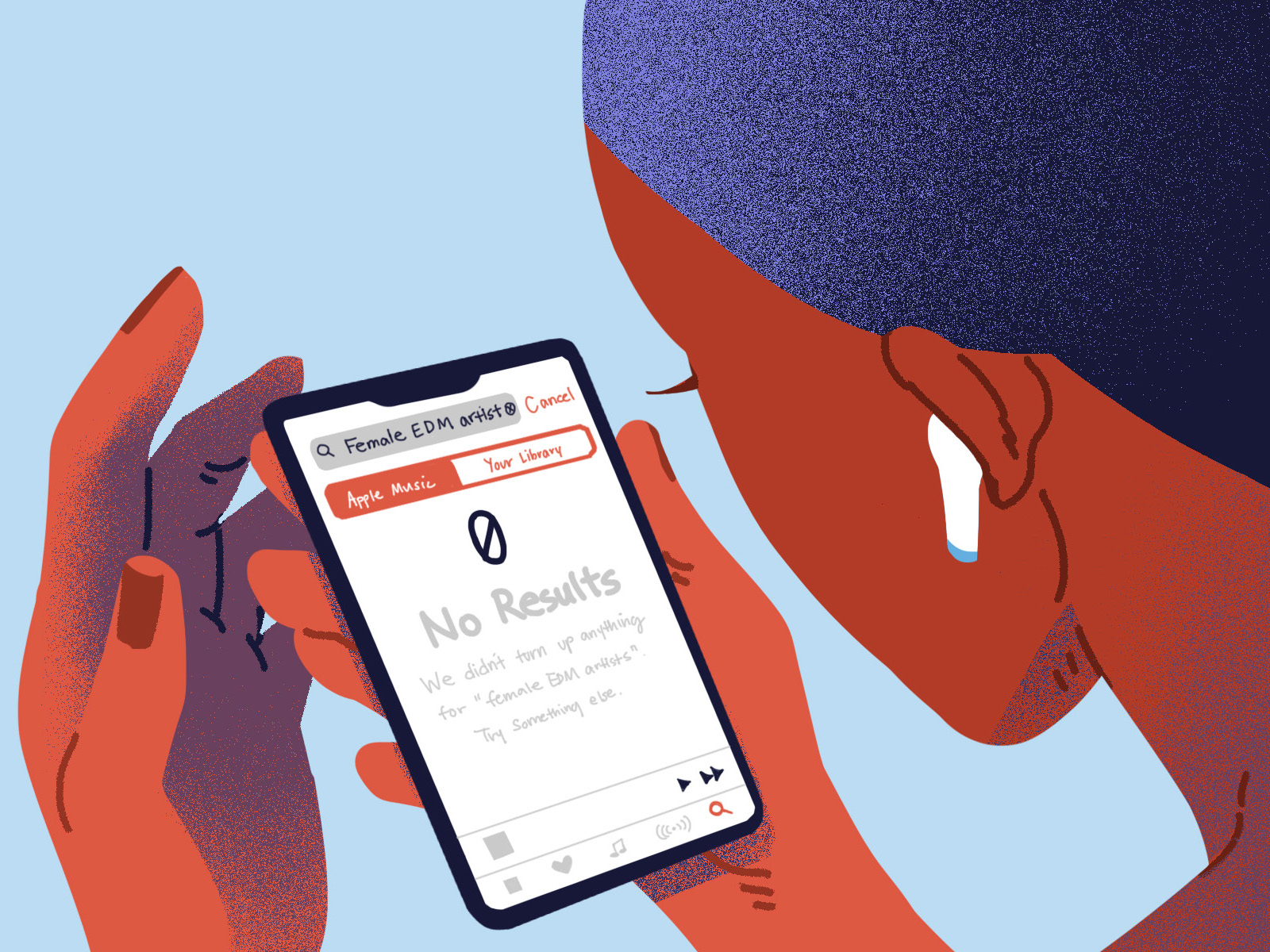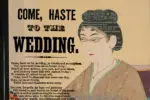A previous article titled “6 Of The Best Artists Bringing Electronic Music To Texas,” written by yours truly, was released on Study Breaks on June 28. The short article highlighted a variety of electronic genres and their success across Texas. But it was lacking something huge — female representation. Yes, this is a call-out post.
Female representation in the music industry and music media is a complete and total disaster. From 2012 to 2017, only 22% of the artists on Billboard’s year-end Hot 100 charts were women. Even worse, women made up only 12% of the songwriters and 2% of the producers.
In electronic music, the representation of women is even more disparaging. Just take a look at Billboard’s Hot Dance and Electronic songs. Even when a woman does make the list, she is typically a featured singer, not a producer or DJ. Gender representation in festival lineups, popular playlists and other ranking platforms make the issue blatantly clear. If women are in electronic music, they’re invisible.
https://www.youtube.com/watch?v=p06NBMkn4tM
Strangely enough, 45% of the consumers of electronic music in 2014 were women. That percentage is estimated to have risen in the five years since, but the fact remains: the percentage of mainstream female producers is widely disproportionate when compared to the percentage of women who actually make up the electronic music listener base.
So what’s the deal? Why can’t women get their foot in the door?
The media is clearly aware of the representation issue. Nearly every relevant music-centered outlet has reported on the gender gap in electronic music and, more widely, the music industry as a whole. Yet the gender gap has hardly narrowed. The patriarchy continues to thrive.
The poor construction of music media and a lack of female participation are just two explanations for female invisibility in the electronic scene.
Despite the media’s awareness of the gender disparity, we continue to create music media that is centered around men, particularly in electronic music. For example, Spotify creates playlists that together generate millions of followers. A plethora of playlists represent electronic subgenres from future house to hardstyle, but not one of these playlists include a substantial number of female producers.
Spotify is far from the only culprit. Rolling Stone, The New York Times and yes, even the writers here at Study Breaks, myself included, have all been guilty of failing to adequately represent women in electronic music on multiple occasions.
In a fast-paced sphere of perpetually impending deadlines, content creators often forget that we don’t need to give rise to another Skrillex or Marshmello. Trust me, electronic has an oversaturation of white males creating the same three sounds. What the media should try and tap into is the musical perspective offered by artists from a diverse pool of talent.
But it’s impossible to lay the sole blame for women’s invisibility solely on online content creators. After all, representing women is much easier when they actually exist. That’s the issue electronic music is facing. Not many female producers actually exist.
In fact, only 7% of the users of Ableton Live (a popular software for creating electronic music) are female. The actual number of women producing electronic music appears to be not much higher. Only 9% of EDM is made up of women. And even on a local scale, women in electronic music are scarce.
This is in part can be attributed to negative stereotypes surrounding women’s music tastes and ability to deal with technology. In short, women face a great deal of disrespect. Having to exist in a male-dominated space where women are often sexualized doesn’t help, either.
The few female artists that have made it, however, are proving these stereotypes to be wrong. Alison Wonderland, Krewella and Rezz are just a few female DJs who have received stellar reviews and are carving out a space for women in the electronic scene.
Yet despite the success of these artists, the recent feminist movement and the media’s attention on the issue of gender representation in music, patriarchy in electronic music stands firm. These women have developed substantial followings, but their popularity pales in comparison to their male counterparts.
The fight for female representation in electronic music is larger than the music industry. It’s a part of the fight for bringing gender equality to every part of society. And that’s why it’s so important to continue to highlight this inequality, and further, to demand women in electronic music get the recognition they so clearly deserve.
Over the past few years, more and more platforms have taken the initiative to specifically highlight women in electronic music, including Billboard and Red Bull. Even better, news giants Pitchfork and NPR chose to put women on the same playing field as all people, including a more proportionate number of female producers in the platforms’ 2018 end-of-year picks than the 2% you might expect to see on Billboard’s Hot 100.
The progress made thus far falls short of a win for equality. To fix the gender gap would mean that the number of women in music production would have to increase dramatically.
Fortunately, there’s no better time in history to create electronic music than today. Thanks to an abundance of free and affordable resources, nearly anyone with a laptop or even a phone can produce music. Now it’s just a matter of engaging female interest.
If women (and all people) continue to breakdown stereotypes and fight for gender diversity in a male-dominated industry, the future of electronic music will look a lot more female.
If you’d like to support fantastic female electronic artists making music today, here are some recommendations:
— Steffi
— ANNA
— Ikonika
— Jlin
— Miss K8
— Mija
















